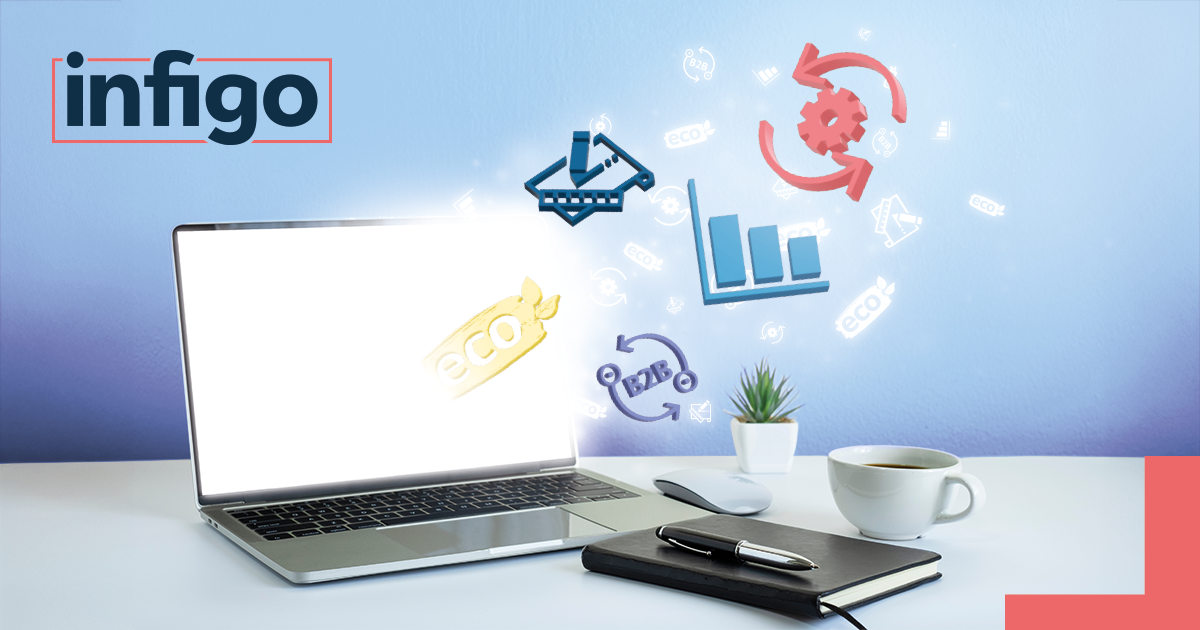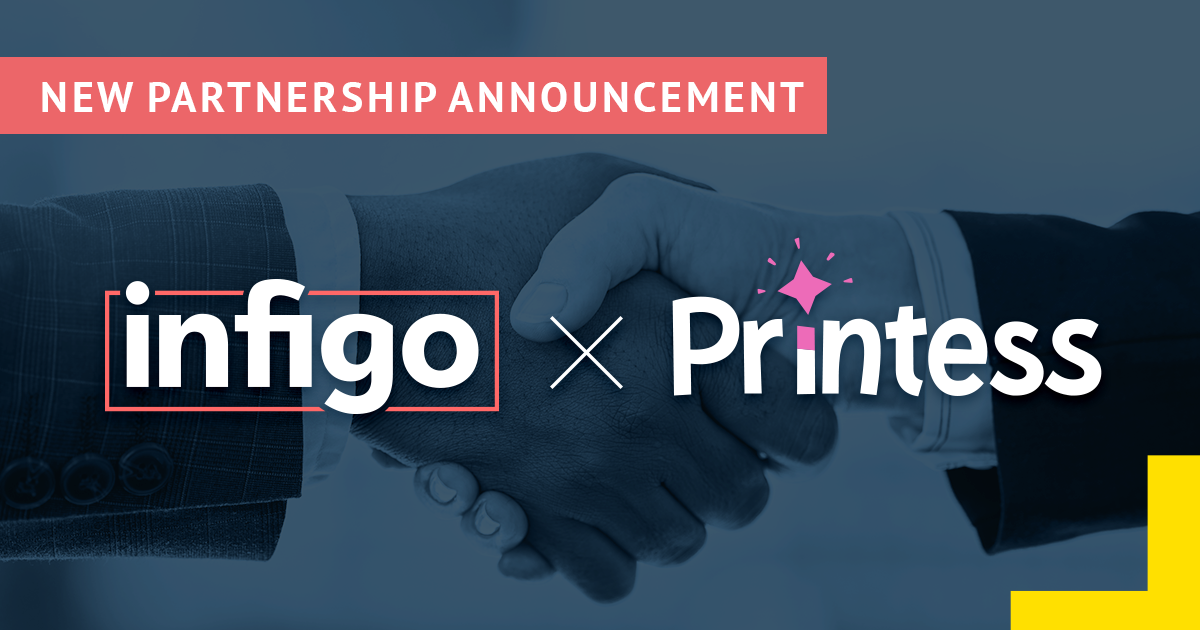The world of print buying has changed dramatically in recent years. As more consumers and businesses move buying online, staying on top of print e-commerce trends is essential for General Commercial Print (GCP) providers. The print businesses that will thrive in 2025 and beyond are the ones that embrace digital tools, prioritize customer experience, and adapt to the new ways people buy, design, and customize printed products.
In this post, we explore five key print e-commerce trends that are transforming print e-commerce. Whether you’re just starting out with web-to-print or looking to future-proof your offering, these are the developments you can’t afford to ignore.
1. Personalization Goes Mainstream
Not long ago, adding a name to a product was considered innovative. Today, personalisation has evolved into a core expectation, from customized packaging to data-driven direct mail and individually tailored marketing materials.
Millennials and Gen Z buyers — now the majority of B2B decision-makers — value products and experiences that feel relevant to them. They want to see their name, their preferences, their story reflected in what they buy, how they buy and whom they buy it from.
And the data speaks for itself.
According to research from Accenture, 91% of consumers are more likely to shop with brands that recognize, remember, and provide relevant offers and recommendations.
For print businesses, personalization means:
-
More meaningful customer engagement
-
Higher conversion and repeat purchase rates
-
Better margins on smaller, more targeted runs
And you don’t need to be a tech giant or development house to offer it. Web-to-print solutions now include intuitive design tools (for both product design and storefront design), variable data printing, and editable templates that make personalization accessible, scalable and profitable.
2. Web-to-Print: A Core Print E-commerce Trend
Web-to-print is no longer just for large commercial printers. It’s quickly becoming the standard for printers of all sizes. Why? Because buyers expect self-service.
Today’s customer is accustomed to seamless e-commerce transactions, offering a similar user experience to that of Amazon. They expect to be able to:
-
Order anytime, anywhere
-
Customize their products online
-
Approve digital proofs instantly
-
Receive updates throughout the process
Web-to-print technology simplifies and automates much of the workflow, reducing manual errors, saving time, and improving turnaround. And it frees your team to focus on what matters most: delivering quality and growing customer relationships.
So, if your business isn’t online yet, this is the time to act. And if you already have a storefront, consider upgrading to one that supports more automation, personalization, and integration.
3. Sustainable Print on Demand
Sustainability is no longer a niche concern — it’s a business imperative. Customers are more conscious than ever about what they buy, how it’s made, and its environmental impact.
A 2024 survey by PwC found that 80% of consumers are willing to pay more for sustainably produced or sourced goods, with an average premium of 9.7%.
That’s where print-on-demand shines.
By producing only what’s needed, when it’s needed, you minimize waste, reduce storage requirements, and lower your carbon footprint. You also support shorter runs, which aligns with the growing trend toward personalization and micro-branding.
Many web-to-print platforms now make it easy to:
-
Offer eco-friendly materials
-
Highlight sustainable shipping options
-
Educate buyers on their environmental choices
As sustainability becomes a key decision factor, these features will set you apart from competitors still relying on old-school bulk production.
4. B2B Portals With Consumer-Level UX
B2B buyers don’t want clunky, outdated ordering portals — they want the same seamless experience they get as consumers.
That means:
-
Clean, mobile-friendly interfaces
-
Easy product selection and customization
-
Instant proofing and simplified reordering
B2B portals are especially valuable for clients like franchises, real estate groups, schools, and enterprise marketing teams. These clients need consistent branding across materials, but also flexibility for local customization.
Modern web-to-print systems allow you to offer personalized portals for each client, complete with:
-
Approved templates
-
User permissions
-
Brand-compliant design controls
This isn’t just about convenience. It strengthens your relationships with business clients, embeds your service into their day-to-day operations, and increases customer stickiness.
According to research from NAPCO, 88% of printers who have successfully implemented portals for clients reported an increase in print order volume.
5. Data-Driven Selling and Automation
One of the biggest advantages of e-commerce is data, and smart print businesses are using it to boost revenue and retention.
With the right tools in place, you can:
-
Track what products are performing best
-
Analyze buying behavior and preferences
-
Automate upselling, cross-selling, and reordering prompts
You can also connect your storefront to your CRM and marketing automation tools, allowing you to create personalized email campaigns, offer loyalty incentives, or follow up on abandoned carts.
In short, you’re no longer just selling print, you’re building intelligent, ongoing relationships that evolve over time.
Adapt Now, Lead Later
There’s no avoiding it, the future of print is digital, personalized, automated, and customer-centric.
By embracing these print e-commerce trends, from personalization to sustainable on-demand printing, you’re not just keeping up with the industry; you’re positioning your business as a leader in it.
Whether you’re a commercial printer, a boutique packaging firm, or a wide-format specialist, now is the time to innovate.
To learn more about how the latest Web-To-Print technology can revolutionize your business, download our guide now.




